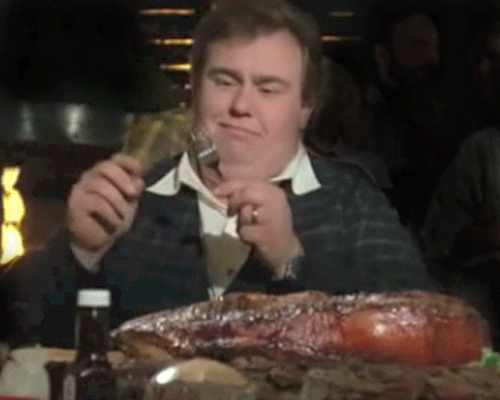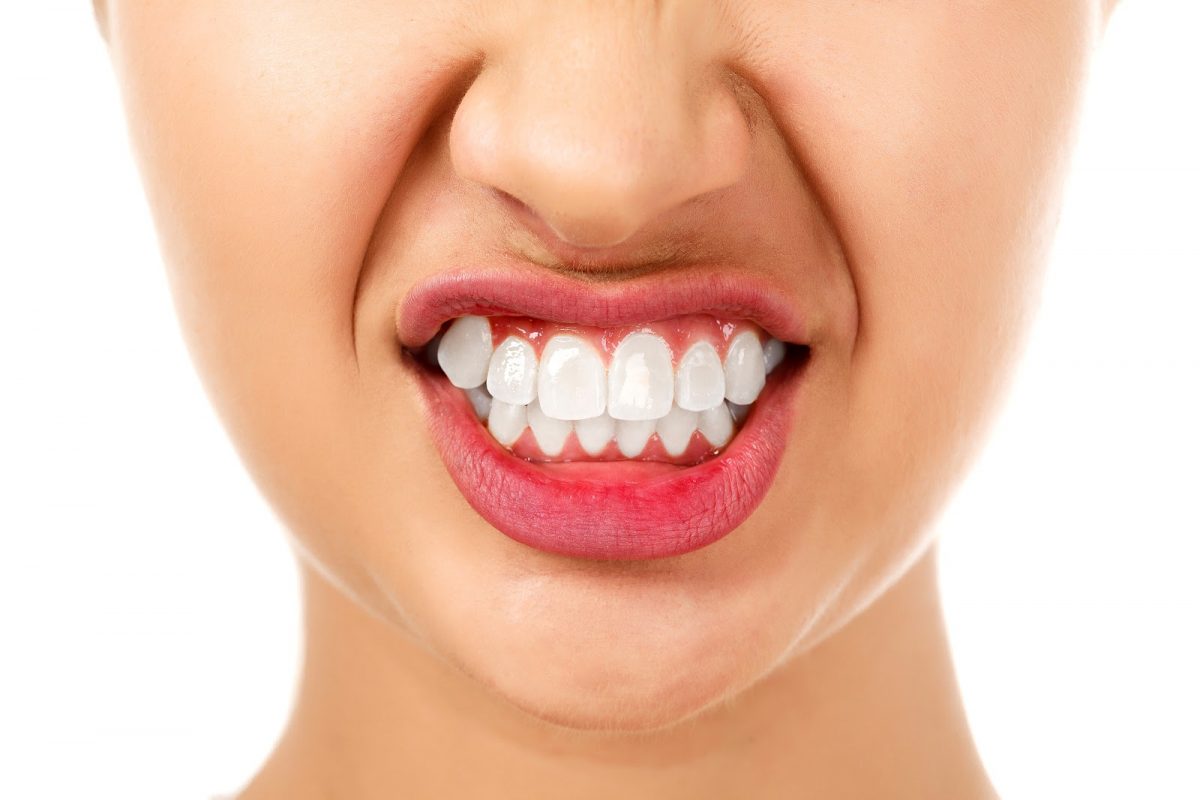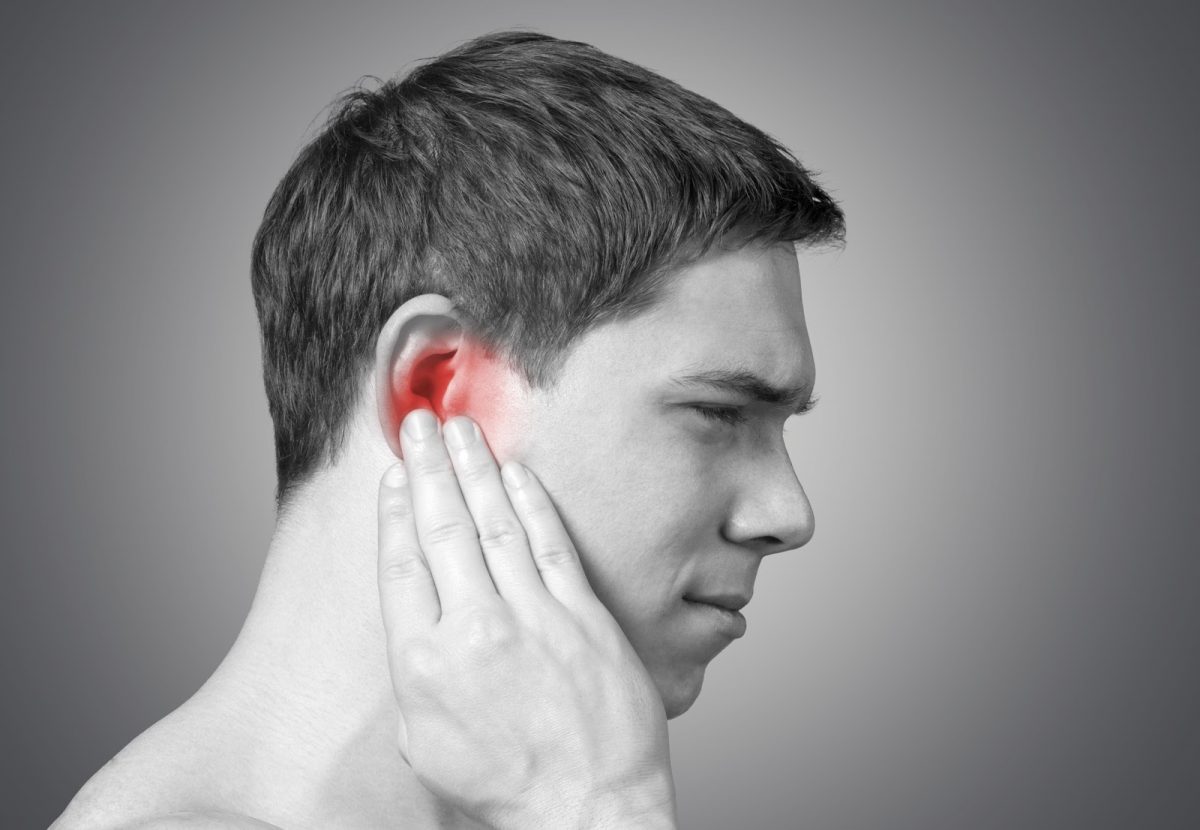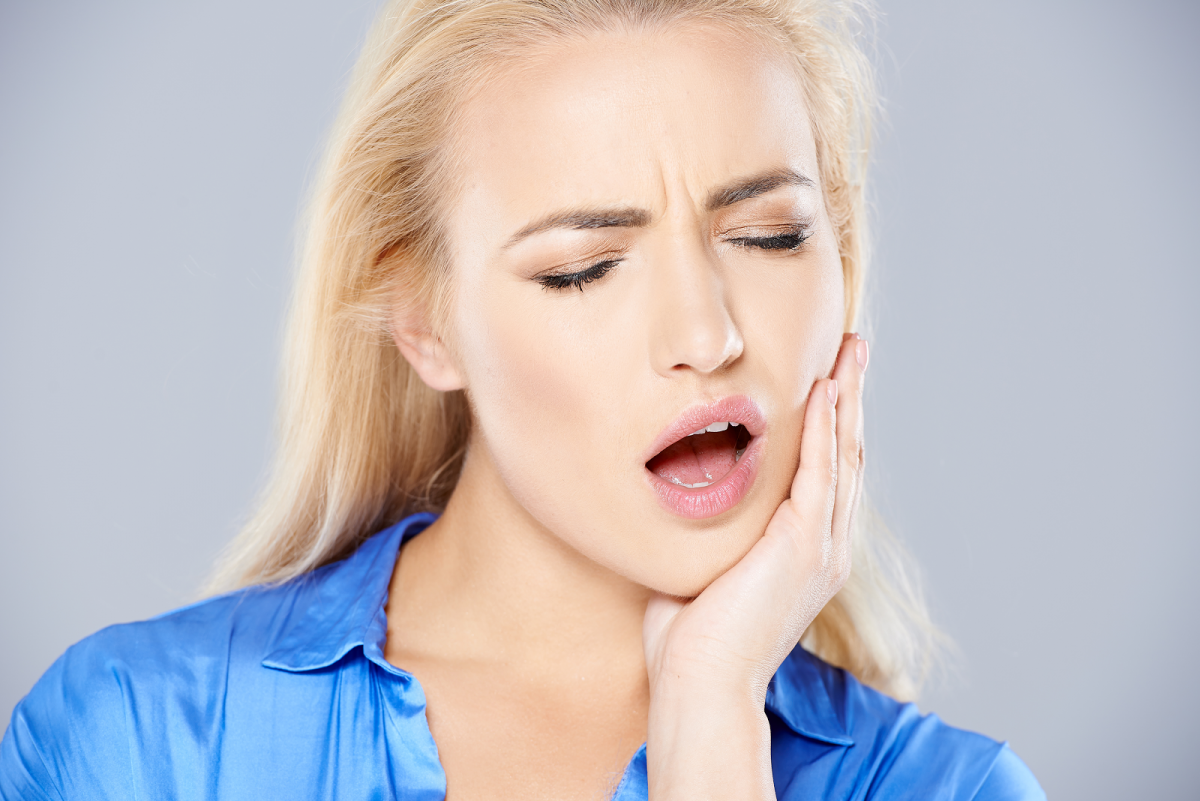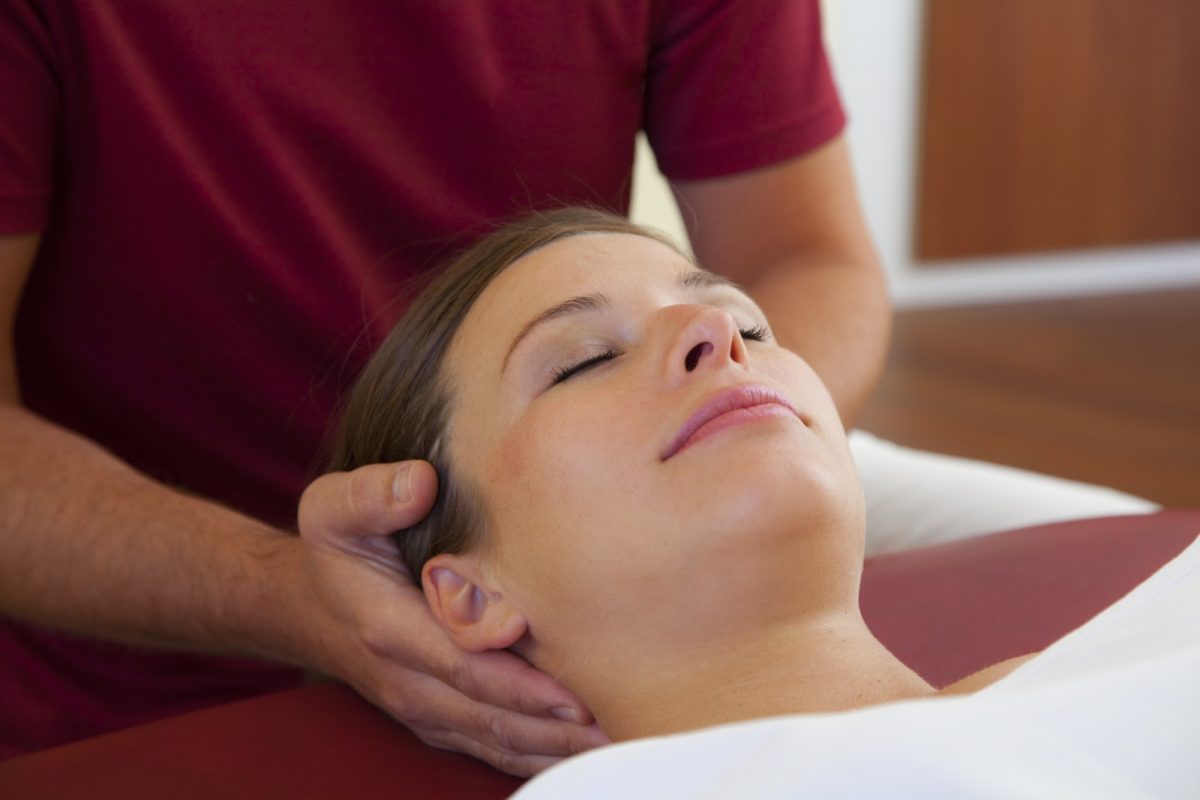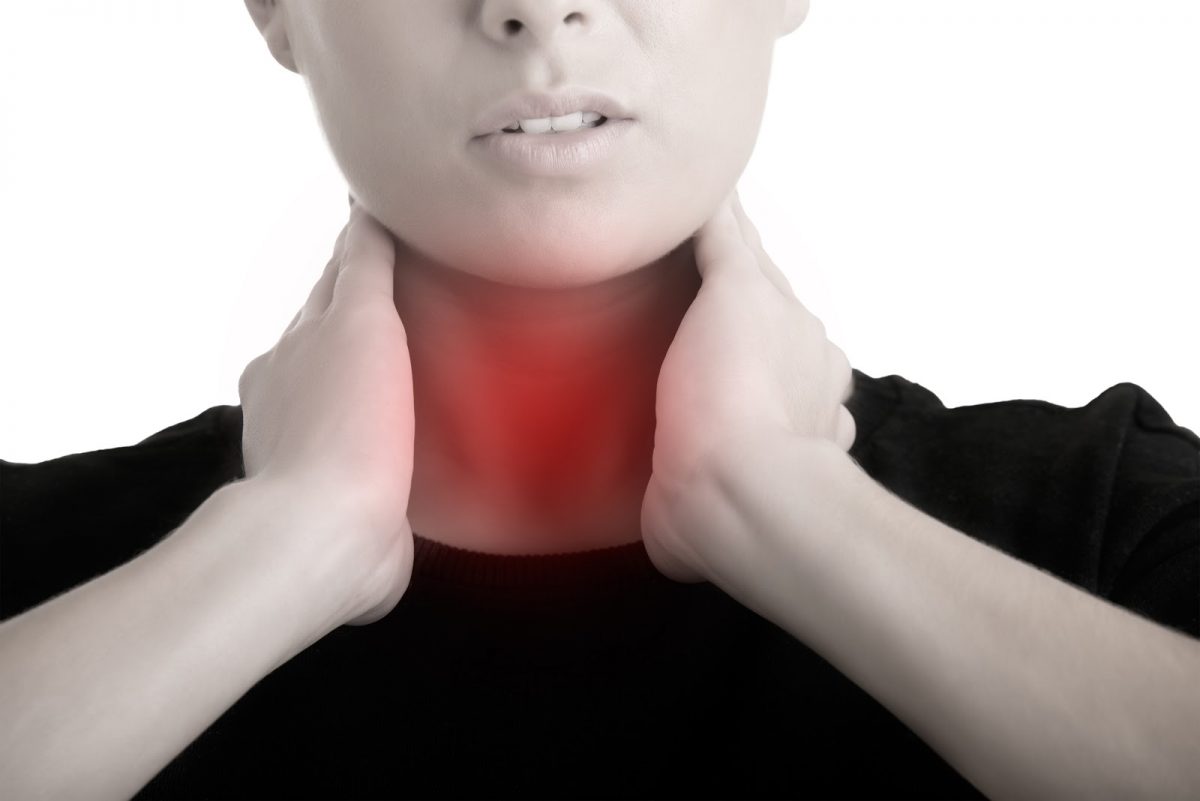The pain associated with the thermo mandibular joint can come at any point during the day: when you’re actively engaging the joint by chewing on gum, or even when you’re in a passive state such as sitting at your desk typing. Here are the most common treatments to reduce TMJ pain:
- Self Treatment. The best place to start when looking to reduce TMJ pain is with a little personal TLC. Depending on where the pain is felt, you can apply light to moderate pressure in circular motions to release the muscle or joint in the tender area. Light pressing the tender area for 10 seconds on, 10 seconds off may help as well. For other ideas, see 3 DIY Techniques to Lesson TMJ Discomfort.
- Botox Injections. While Botox injections may sound intense, they’re more common than you think. Botox injections reduce TMJ pain because they prevent the pain signals from the nerves to reach their end point in your neck, face, forehead, or shoulders. By numbing the nerve signals, you’ll experience temporary relaxation of the targeted muscles.
- Dental Appliances. NTI-tss, splint or night guards are another common option when looking to reduce TMJ pain. These appliances are custom made and fit to the shape of your mouth and are designed to put some space between your lower and upper jaw.
- Pain Medications. Anti-inflammatory medications including Prednisone, Elavil, Ibuprofen can be taken to relieve the pain of TMJ for a short time period. It is advised that you consult with your doctor before taking any medication.
- TMJ Massage. Lastly, no list for reducing TMJ pain would be complete without including a TMJ Massage Therapist. As a specialist in the thermo mandibular joint and TMJD, a TMJ Massage Therapist not only address the jaw, but investigates the muscles surrounding the jaw, incorporating massage therapy to address the pain itself.
Whether you’re a DIY kind of person or someone who would prefers getting help from a professional, the fact remains that experiencing chronic pain is not normal and it’s not something you have to live with on an everyday basis. If your pain is so intense, we recommend coming in to have a conversation with our Lead TMJ Massage Therapist, Dominic Fricano. Together we can determine the best option for you.





